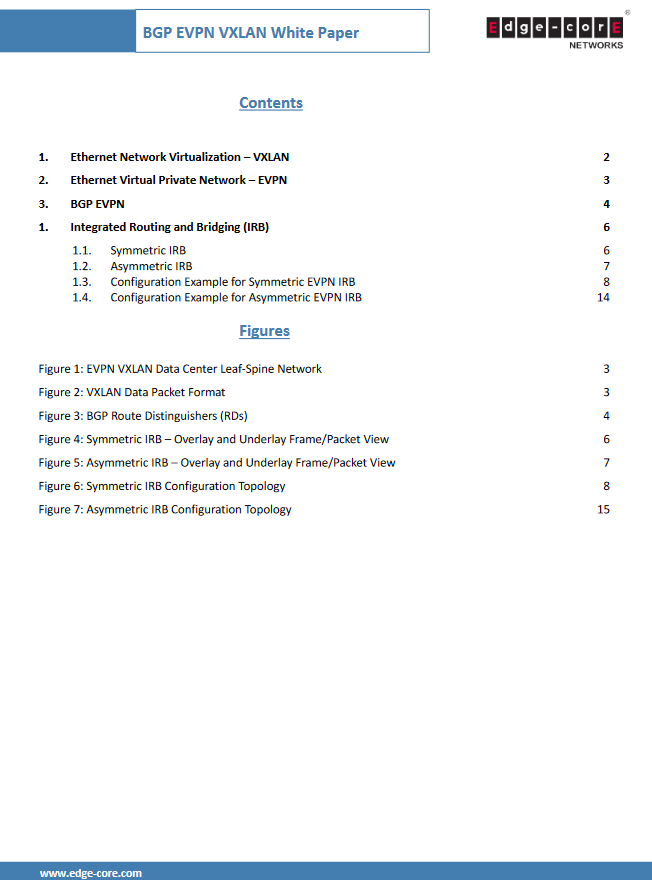
Data centers have moved from the enterprise to a cloud-based infrastructure, and from a physical sever being a unit of computing to a virtual machine (VM) as a unit of computing. From the VM technology has evolved the concept of cloud technology, which has virtualized the compute, networking and storage. All this technology enabled the leasing of VMs to customers for public cloud providers such as Amazon, Google, and Microsoft etc. The advances of the hypervisor and cloud technology by the likes of VMware, Xen, and the KVM community made this possible.
VXLAN was born and it introduced the concept of the Virtual Network Identifier (VNI). VXLAN wrapped L2 frames in a L4 UDP over a L3 IPv4 or IPv6 packet and carried the VNI field. VLAN IDs were mapped to VNI IDs. VXLAN assumes that its end-points are a fully inter-connected mesh network. L2 frames from one VM with a virtual switch in one data center travel to another VM with a virtual switch in another data center. The data centers are interconnected by an IPv4 or IPv6 core network acting as an underlay network with Virtual Transit Entry-Exit Points (VTEPs) as the endpoints for the overlay network, which is the customer-side network. The overlay L2 frames or L3 packets are tunneled over L3 IPv4 or IPv6 underlay packets using the VXLAN format.
- Download
- Download 9
- File Size 1199 KB
